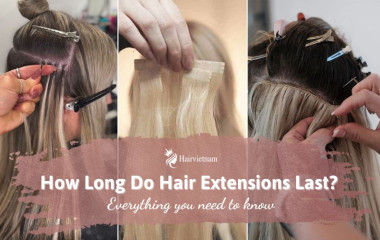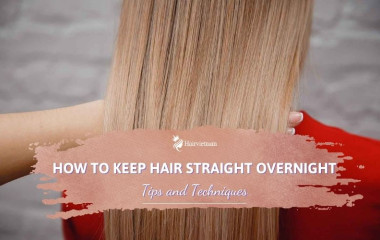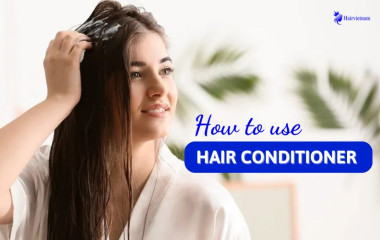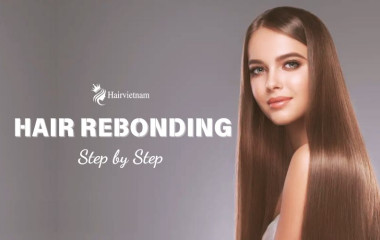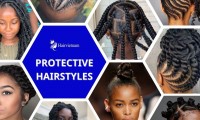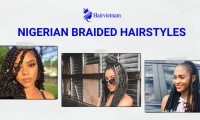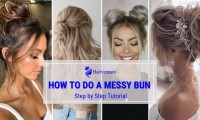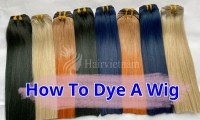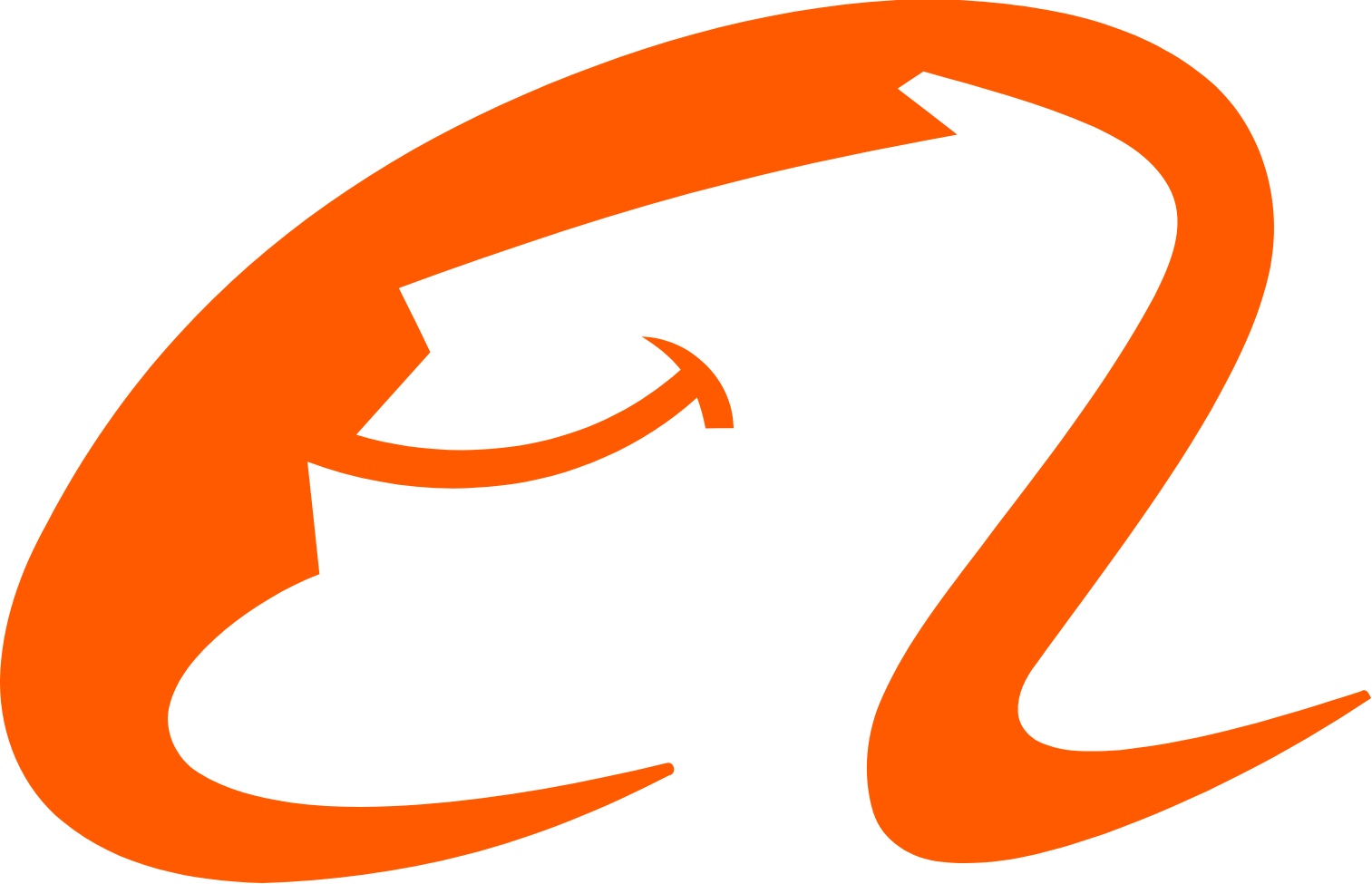Scalp Exfoliation - Everything You Need to Know About it
29/01/2024
Content
Curious about scalp exfoliation? Our guide covers the benefits, techniques, and best scalp exfoliator brushes. Learn how to exfoliate your scalp effectively!
If you have used various shampoos and treatments, but your scalp still feels duller than it should be, then scalp exfoliation can help. Scalp exfoliation is the process of removing dead skin cells, oil, and dandruff from the scalp using physical or chemical peels. If you want to know everything about scalp exfoliation, here you are. In this article, we will explore in detail scalp exfoliation and how to exfoliate scalp, scalp exfoliator DIY, and also using the best scalp exfoliator brush. If you also want to wear hair extensions, you can count on HairVietnam hair extensions for even more options.
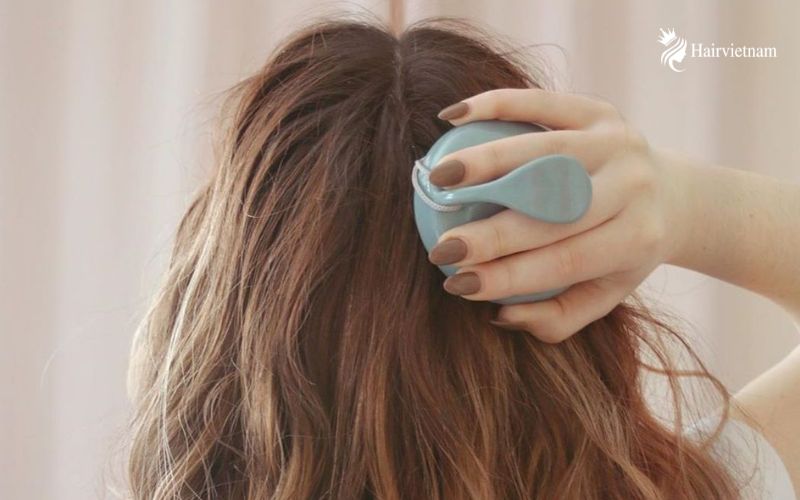
What is Scalp exfoliation?
For scalp exfoliation, people use special brushes that have soft bristles to clean without any issues. Others still produce their own exfoliators using natural materials. Regular scalp exfoliation reduces problems such as dandruff and itching, makes your scalp feel better and your hair healthier.
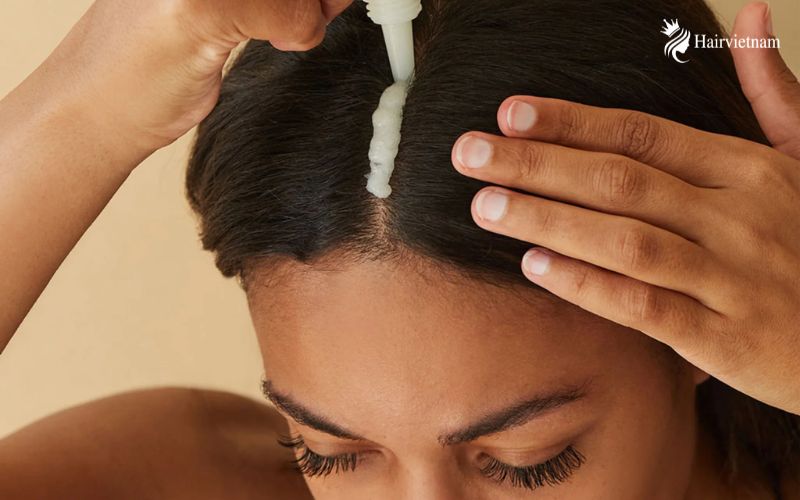
Tips on How to Exfoliate Scalp
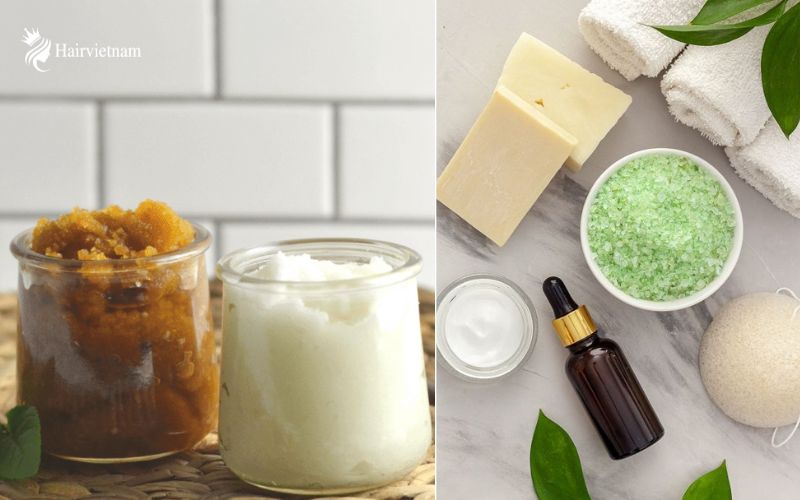
DIY Scalp Exfoliator – Natural Recipes for a Better Hair
Brown sugar exfoliates while coconut oil moisturizes and nourishes the scalp. Gently massage this mixture onto the scalp in circular motions to eliminate dead skin cells, excess oil and product buildup.
Incorporate Into Your Routine
Incorporating these natural exfoliants into your hair care regime once a week can help you achieve a balanced and healthier scalp. Daily application helps to have a better blood circulation, clears hair follicles and makes your scalp feel clean and energized. These homemade scalp exfoliants provide an easy and natural way to maintain healthy hair and scalp.
When you are on your way toward a revitalized scalp, it is important to note that HairVietnam provides high-quality hair extensions for extra variety and style. Therefore, when finding the need for extensions, have a look at HairVietnam to give you glowing and gorgeous hair.
If you have used various shampoos and treatments, but your scalp still feels duller than it should be, then scalp exfoliation can help. Scalp exfoliation is the process of removing dead skin cells, oil, and dandruff from the scalp using physical or chemical peels. If you want to know everything about scalp exfoliation, here you are. In this article, we will explore in detail scalp exfoliation and how to exfoliate scalp, scalp exfoliator DIY, and also using the best scalp exfoliator brush. If you also want to wear hair extensions, you can count on HairVietnam hair extensions for even more options.
1. What is Scalp exfoliation?
Scalp exfoliation is like a deep clean for your head. It’s all about removing dead skin layers, excessive sebum and other stuff that may accumulate on the scalp. Every time you exfoliate your scalp, you just open up the hair follicles and make it healthier. This can result in improved hair growth and overall hair health.
What is Scalp exfoliation?
For scalp exfoliation, people use special brushes that have soft bristles to clean without any issues. Others still produce their own exfoliators using natural materials. Regular scalp exfoliation reduces problems such as dandruff and itching, makes your scalp feel better and your hair healthier.
Learn More: How to Treat Dry Scalp
2. Tips on How to Exfoliate Scalp
In this section, we provide practical pointers on how to exfoliate scalp well.
Tips on How to Exfoliate Scalp
Choose the Right Exfoliator
The first step to a successful exfoliation involves choosing the right exfoliator for your scalp. Choose a product or DIY mixture that is suitable for your hair type and resolves issues on the scalp. Commercial scalp exfoliators frequently have ingredients such as salicylic acid or alpha hydroxy acids that help to remove dead skin cells and clear hair follicles. For a more natural approach, look into DIY mixtures such as sugar and salt or baking soda mixed with a light carrier oil like olive or coconut.Wet Your Hair Thoroughly
However, before using the exfoliator, you must make sure that your hair is completely soaked. Wet hair is more flexible and therefore the exfoliating product can be spread evenly over the scalp surface. Dampen your hair with lukewarm water, which should not be too hot because hot water is likely to remove some of the natural oils on the scalp.Section Your Hair
For deeper exfoliation, part your hair into sections to be able to work on it better. This makes it possible to concentrate on every area and ensure that the exfoliator touches your scalp as well as roots of hair. Brace sections using hair clips to help make the process simpler.Massage Gently in Circular Motions
Use the exfoliator on your scalp focusing on the sections you have made. Massage the product into the scalp using gentle circular motions. However, be careful not to press too hard because such pressure may cause irritation or injury. The massaging action does not only eliminate the dead skin cells and oil excess but also promotes blood circulation that is healthy for the scalp environment.Pay Attention to Problem Areas
When exfoliating, pay more attention to the areas of your scalp where you have built up or any concerns. Massage these areas gently with the exfoliator, making sure that proper cleansing is done.Rinse Thoroughly
Once the exfoliator has been massaged into your scalp, wash your hair to make sure all of the product is removed. Use warm water and ensure that you rinse until the water is clear. If not rinsed completely, scalp residue might remain and compromise the efficacy of exfoliation that may lead to irritation.Use Gentle Shampoo as Follow Up
Should you need, follow the exfoliation process with a mild sulfate-free shampoo to wash your hair. This helps clear out any remaining exfoliator so that your hair remains clean and healthy.Select the Best Scalp Exfoliator Brush
The choice of the most appropriate scalp exfoliator brush plays a crucial role in ensuring efficient and gentle exfoliation.Here are key factors to consider when choosing the right brush for your scalp care routine:- Soft Bristles: Choose a soft, round bristle brush to avoid irritation of the scalp. The aim is to remove dead cells from the scalp without injury and pain. Soft bristles are also appropriate for people with sensitive skin.
- Proper Design: Find a special brush for scalp exfoliation. The shape and structure of bristles in these brushes are uniquely designed to massage the scalp. Do not use brushes that are meant to be used for other purposes since they may not have the softness needed on the scalp.
- Material: Look at the type of brush material. Brushes with silicone bristles are widely used because of their flexibility and ease of cleanup. On the other hand, others might opt for natural bristle brushes. Pick a material that suits your personal taste and any possible allergies.
- Size and Shape: The brush should be sized and shaped to fit your hand, as well as for the length and type of hair you have. Well-designed handle ensures easy maneuvering while exfoliating.
Learn More: DIY Natural Hair Masks for Dry Hair
3. DIY Scalp Exfoliator – Natural Recipes for a Better Hair

DIY Scalp Exfoliator – Natural Recipes for a Better Hair
Brown Sugar and Coconut Oil Blend
Healthy scalp is essential for healthy hair. One homemade scalp exfoliator that is easy to make and effective is mixing two tablespoons of brown sugar with one tablespoon of coconut oil.Brown sugar exfoliates while coconut oil moisturizes and nourishes the scalp. Gently massage this mixture onto the scalp in circular motions to eliminate dead skin cells, excess oil and product buildup.
Tea Tree Oil and Sea Salt Scrub.
A tea tree oil and sea salt exfoliator is ideal for a refreshing scalp treatment. Combine one tablespoon of sea salt with a few drops of tea tree oil, which is known for its antibacterial properties. Sea salt removes flakes and sheds skin cells; tea tree oil calms irritation and decreases dandruff. Apply this mixture to the scalp for healing benefits.Incorporate Into Your Routine
Incorporating these natural exfoliants into your hair care regime once a week can help you achieve a balanced and healthier scalp. Daily application helps to have a better blood circulation, clears hair follicles and makes your scalp feel clean and energized. These homemade scalp exfoliants provide an easy and natural way to maintain healthy hair and scalp.
Learn More: How to Get Healthy Hair
Conclusion
In summary, scalp exfoliation is an essential part of a healthy scalp and effective hair growth. This comprehensive guide offers knowledge on the benefits and methods, as well as choosing the right exfoliator and performing a DIY approach in order to enhance your scalp care routine.When you are on your way toward a revitalized scalp, it is important to note that HairVietnam provides high-quality hair extensions for extra variety and style. Therefore, when finding the need for extensions, have a look at HairVietnam to give you glowing and gorgeous hair.





_cr_380x240.jpg)
